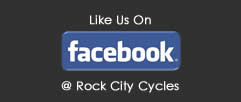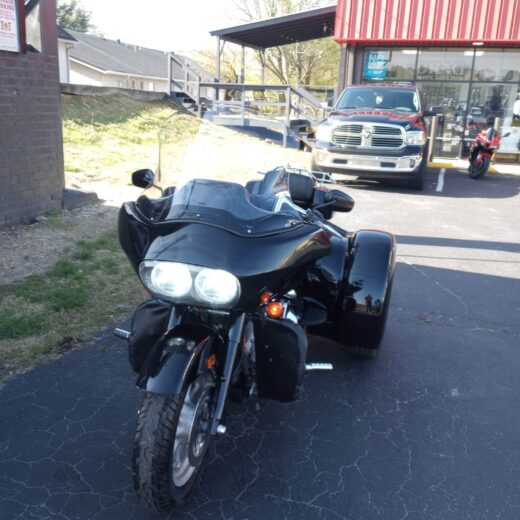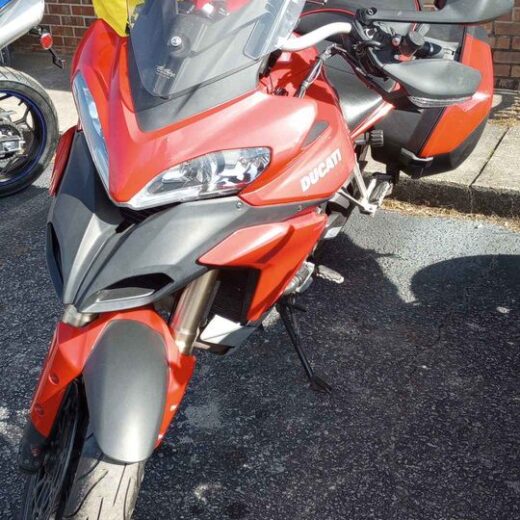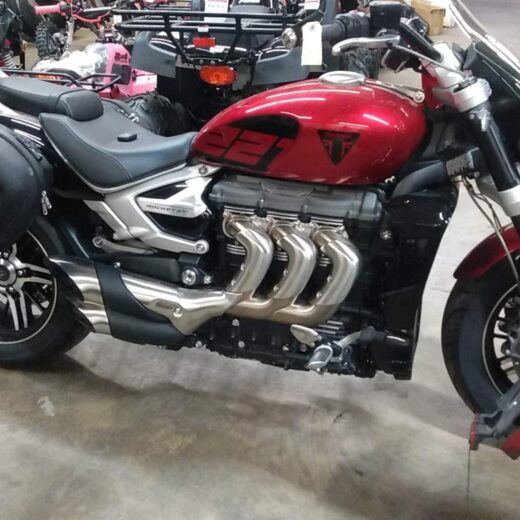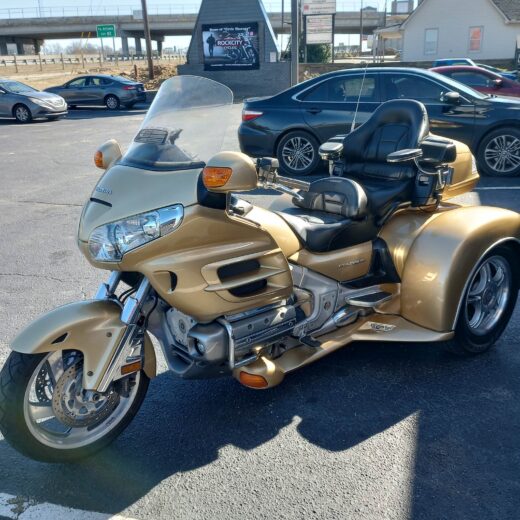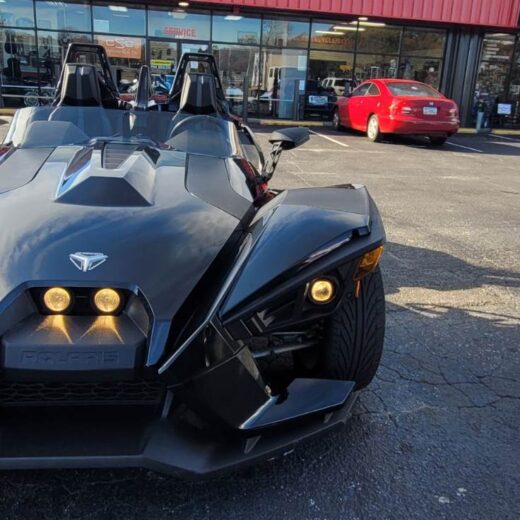What is Wet Abrasive Blasting?
Wet abrasive blasting is known by many other names – you may hear the terms “slurry blasting”, “liquid abrasive blasting”, “wet honing” or “wet etching” which all amounts to the same thing – mixing the abrasive materials with water before it reaches the blasting surface.
Wet blasting can be used to remove many types of contaminates, de-burr objects and leave them clean, shiny and good as new. It can also be used to detect cracks and other types of faults in highly sensitive engineering and automotive equipment.
Wet blasting is commonly known as vapor blasting, slurry blasting and liquid honing.
Wet blasting is rapidly becoming the number one choice for applications requiring the highest quality of surface finish.
There are numerous reasons why wet blasting is becoming more favourable over dry blasting and this is primarily because of it’s two key features; firstly, the finish is achieved by flow of water borne abrasive – not by impact, and secondly because it is a dust free process.
Wet blasting is a less aggressive form of blasting in comparison to dry blasting, working just as effectively. The ricochet of media is reduced due to the cushioning effect created from the water acting as a lubricant between the media and the component surface. As a result, the angle of the media is changed, producing a lapping effect travelling across the surface, resulting in an even satin/ polished finish.
Wet abrasive blasting appears to be like sand blasting with added water. However the two processes are entirely different in the way they achieve their finishing results.
A variety of abrasive and non-abrasive materials can be used in wet abrasive blasting including ceramic beads and glass as well as plastic. Mixed with water and propelled at a rapid speed at the surface can produce good results.
When using this wet blasting technique high volumes of water are used in order to cushion the effects of the abrasive material which prevents it from becoming embedded in the blasted surface.
Different types of media can be used for wet abrasive blasting including:
- Round media – this includes ceramic, glass bead and stainless steel shot. These types of materials are used to clean various surfaces leaving them clean, bright and descaled. Metal and ceramic materials last much longer than glass beads.
- Plastic angular media – can be used for paint stripping, deflashing other plastic parts and removing types of flash. These can be used in a system whereby the parts are treated with the wet abrasive blasting technique before being blasted with only water and eventually with a drier.
- Angular grit media – is a very aggressive substance used for blasting hardened surfaces. It can also be used to remove rust, grease and heavily scaled surfaces. The types of materials used in this process includes steel grit, crushed glass, aluminum oxide and silicon carbide.
- Fine angular grit – the finer mediums are useful when you need to clean or de-scale deeply into the pores of surfaces prepping for coatings.

